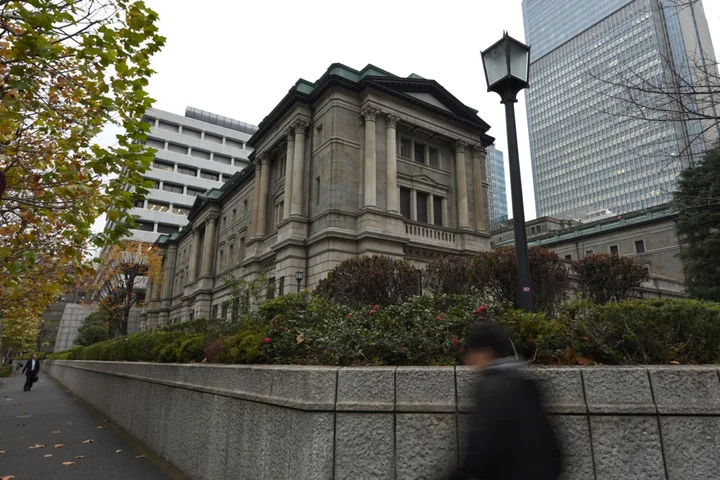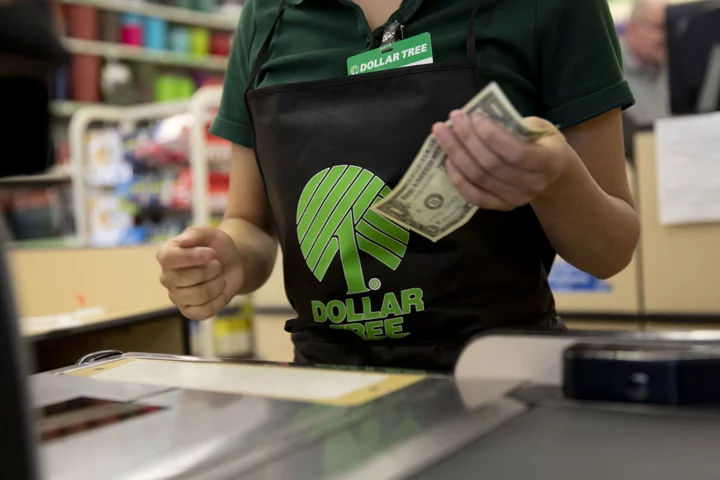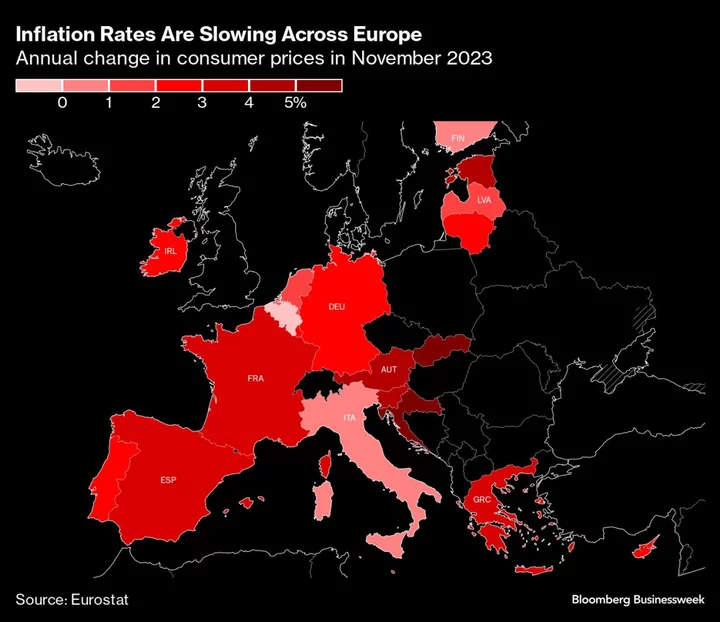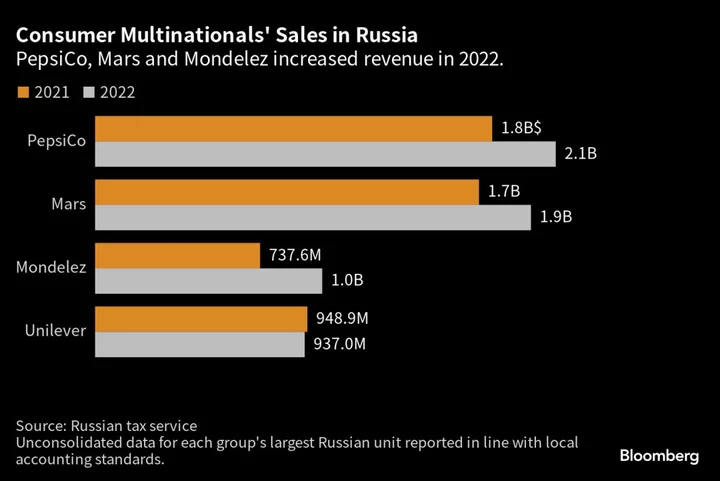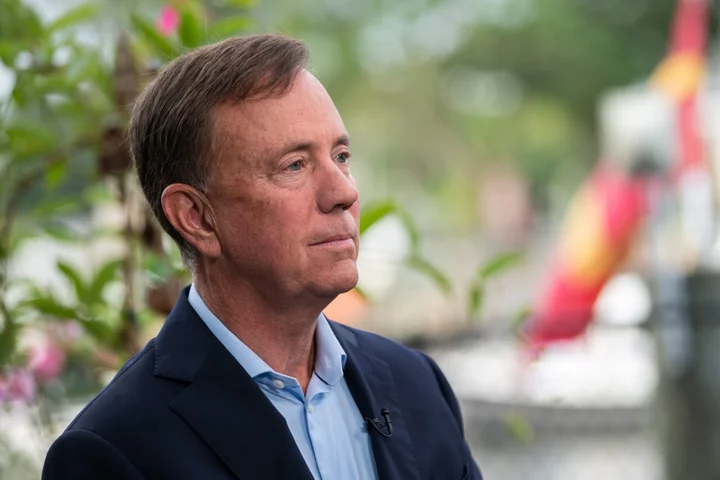Japan’s benchmark government bond yield pierced the central bank’s ceiling amid speculation that policymakers are discussing loosening their tight grip on interest rates.
The 10-year yield climbed to 0.505% on Friday, beyond the Bank of Japan’s cap of 0.5%, as pressure builds on the BOJ to adjust policy. While a majority of economists had projected the BOJ would stand pat this week, the Nikkei reported that officials would discuss letting yields rise above its current limit by a “certain degree.”
The impact of the potential shift by the BOJ is reverberating globally. Treasury yields extended rise Thursday while rates on 10-year sovereign bonds in Australia and New Zealand opened sharply higher. The yen is now in its fifth day of advances versus the dollar. Bank stocks rose in Tokyo on hopes that higher yields would boost margins.
Should the Nikkei report prove correct, the market could test the BOJ’s tolerance, Toru Suehiro, chief economist at Daiwa Securities Co. in Tokyo, wrote in a research note. “The reported tweak would buy the BOJ time and could be seen as ending up prolonging yield-curve control.”
To be sure, some reports of BOJ policy shifts have proved wrong in the past. Earlier this month Bank of Japan officials saw little urgent need to address the side effects of the yield-curve-control program at this point, though they expected to discuss the issue, according to people familiar with the matter.
Now investors are waiting to see if the central bank will announce any additional bond-buying operation, typically at 10:10 a.m. Tokyo time. The BOJ offers to buy an unlimited quantity of 10-year debt at a fixed yield of 0.5% every day. It could potentially decide to buy a fixed amount of bonds at market yields.
Read: A $3 Trillion Threat to Global Financial Markets Looms in Japan
A BOJ shift would have significant implications for global fund flows. Japanese investors are the biggest foreign holders of US government debt, and also own sizable amounts of European and Australian bonds, among other assets. Some investors are concerned that higher yields at home may lead Japanese institutions to sell overseas holdings and bring that cash home.
In December when the BOJ doubled the cap on 10-year bond yields to 0.5%, the yen rose sharply, yields on government bonds jumped and the fallout touched everything from US stocks to the Australian dollar and gold.
Governor Kazuo Ueda said last week that the BOJ has continued with monetary easing under yield-curve control with a “premise” that there is still some distance to stably hitting its inflation target.
(Adds chart, bond-buying operation)

